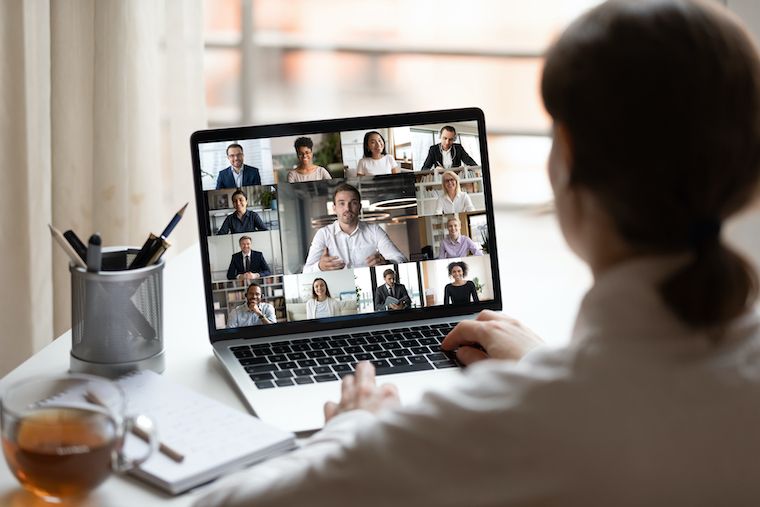How to consult customers during COVID-19
All policy makers strive to put themselves in the shoes of their customers. One established way of doing this is to interview people face-to-face. COVID-19 restrictions have meant that we’ve all learned new ways to reach customers, and deliver services. In 2020, we shifted our engagement using online methods. We wanted to share with you some of what we have learnt about how to approach digital customer consultation for behavioural change.

What we did
We have partnered with Corrective Services NSW to learn what motivated correctional staff to participate in, and implement, a new training program.
We ran telephone focus groups with custodial officers and offender services and programs staff, as well as using online surveys and online interviews.
Physical environments can have a significant impact on the way we make decisions. We used additional methods to learn about correctional centre environments because it wasn’t possible to visit them.
- Use existing data: We drew on administrative data to understand the decision-making environment. For example, human resources data measure how long people stay in their jobs. This could tell us how ingrained particular behaviours may be among staff, or how to better target behavioural change interventions for staff who are new, versus more established.
- Behavioural journey mapping: We used the information from interviews to visually map the different decision points, frictions and enablers, involved in performing a desired behaviour. For example, all the steps that correctional staff need to do to implement training. We then shared these maps with relevant stakeholders for their input and to check our understanding.
- Measure the impact of COVID-19: To better understand how the correctional centre environment was different because of COVID-19, staff completed a voluntary online survey about how COVID-19 restrictions had impacted their experiences at work. Our interviews and focus groups also included questions about how COVID-19 restrictions might potentially impact on uptake of the training program.
What’s next?
Switching to remote methods did not impact on the quality of our findings. We visited correctional centres after COVID-19 restrictions were eased, and found that our existing fieldwork had identified the most critical insights.
The findings from our fieldwork will published on our blog soon.
How can you use this in your work?
There are many benefits to using online methods to talk to customers and stakeholders
- Leverage existing data and resources
- Keep it simple. Chats over the phone can be just as valuable as in person interviews
- Use behavioural journey maps to get customer input on the steps involved in behavioural change.
- Measure what’s different to normal. COVID-19 has changed the way we work and deliver services. Make sure you find out whether customers are behaving differently because of COVID-19 or other changes.
- Use video.While it wasn’t a suitable method to use in correctional centres, asking customers to film their typical day, interactions, or the completion of a task is a great way to learn about what influences decision making. This footage gives information about how long tasks take, how people move about in their physical environment and who they interact with – all of which can influence decision making.
Please contact us to find out more.
Note: As with all of our research, the NSW Behavioural Insights Unit received ethics clearance to carry out this research.